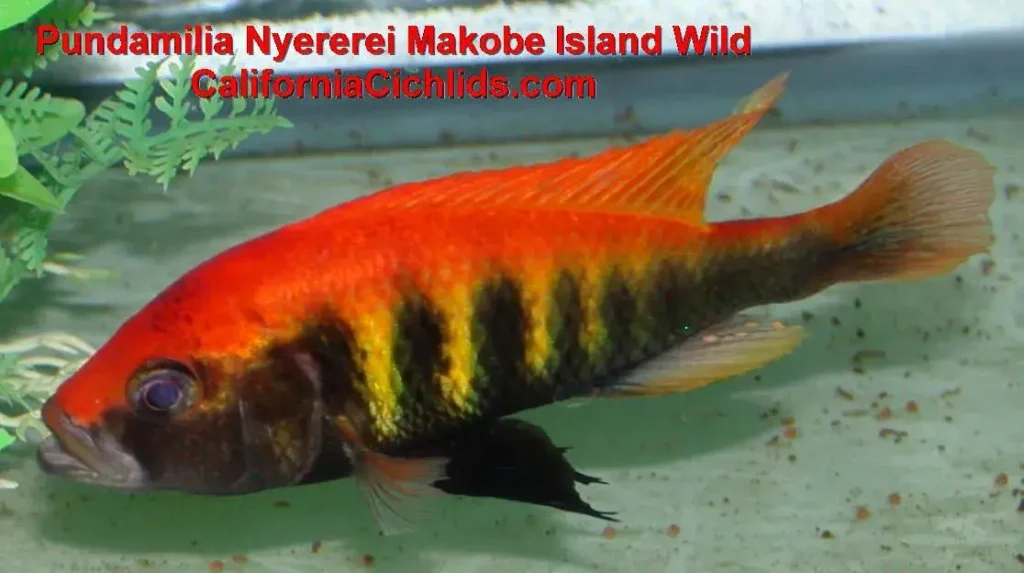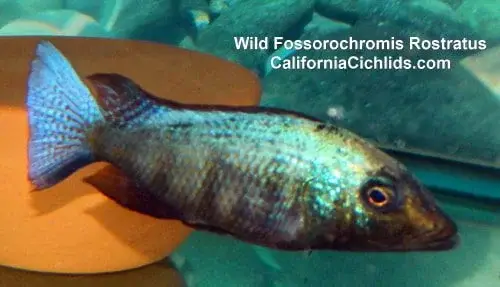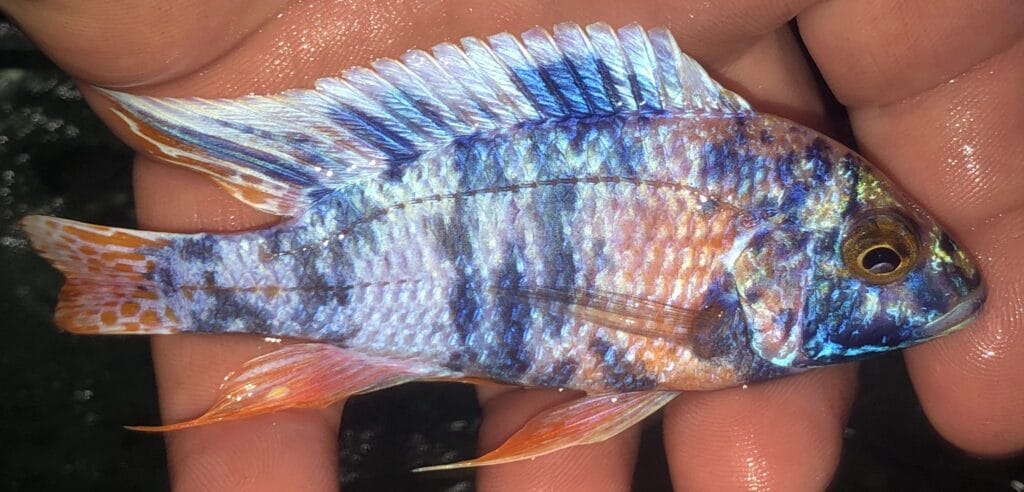Breeding African cichlids can be a rewarding and fascinating experience for aquarium enthusiasts. These fish are known for their vibrant colors, unique patterns, and interesting behavior, which makes them a popular choice for breeding. Here are some tips for successfully breeding African cichlids.
First, it is important to choose the right breeding pair or group. This means selecting a male/s and female/s that are healthy, mature, and have compatible temperaments. You should also choose a specie that is known for being relatively easy to breed, such as the popular Mbuna or peacock cichlids.
Once you have chosen your breeding pair or group, it is important to provide them with the right environment. This means creating a suitable breeding tank with the right temperature, water quality, and substrate. African cichlids prefer slightly alkaline water with a pH between 7.2 and 8.5, and a temperature between 75-80°F. You should also provide plenty of hiding places and decorations to create a natural habitat.
To encourage breeding, it is important to create the right conditions. This means providing a balanced diet that includes high-quality pellets, frozen or live foods, and supplements such as vitamins and minerals. You should also simulate seasonal changes by gradually increasing the temperature 80F-84F , changing the lighting in the tank, and larger water changes.
Once your breeders have spawned, it is important to protect the eggs and fry from other fish in the tank. You can do this by removing the eggs and placing them in an egg tumbler after about 5 days, or by providing plenty of hiding places and decorations for the fry to hide in. It is also important to provide frequent water changes and maintain good water quality to ensure the health and survival of the fry.
Breeding African cichlids can be a challenging but rewarding experience for aquarium enthusiasts. With the right breeding pair, environment, and conditions, you can successfully breed these beautiful and fascinating fish and enjoy watching the development and growth of their offspring.






